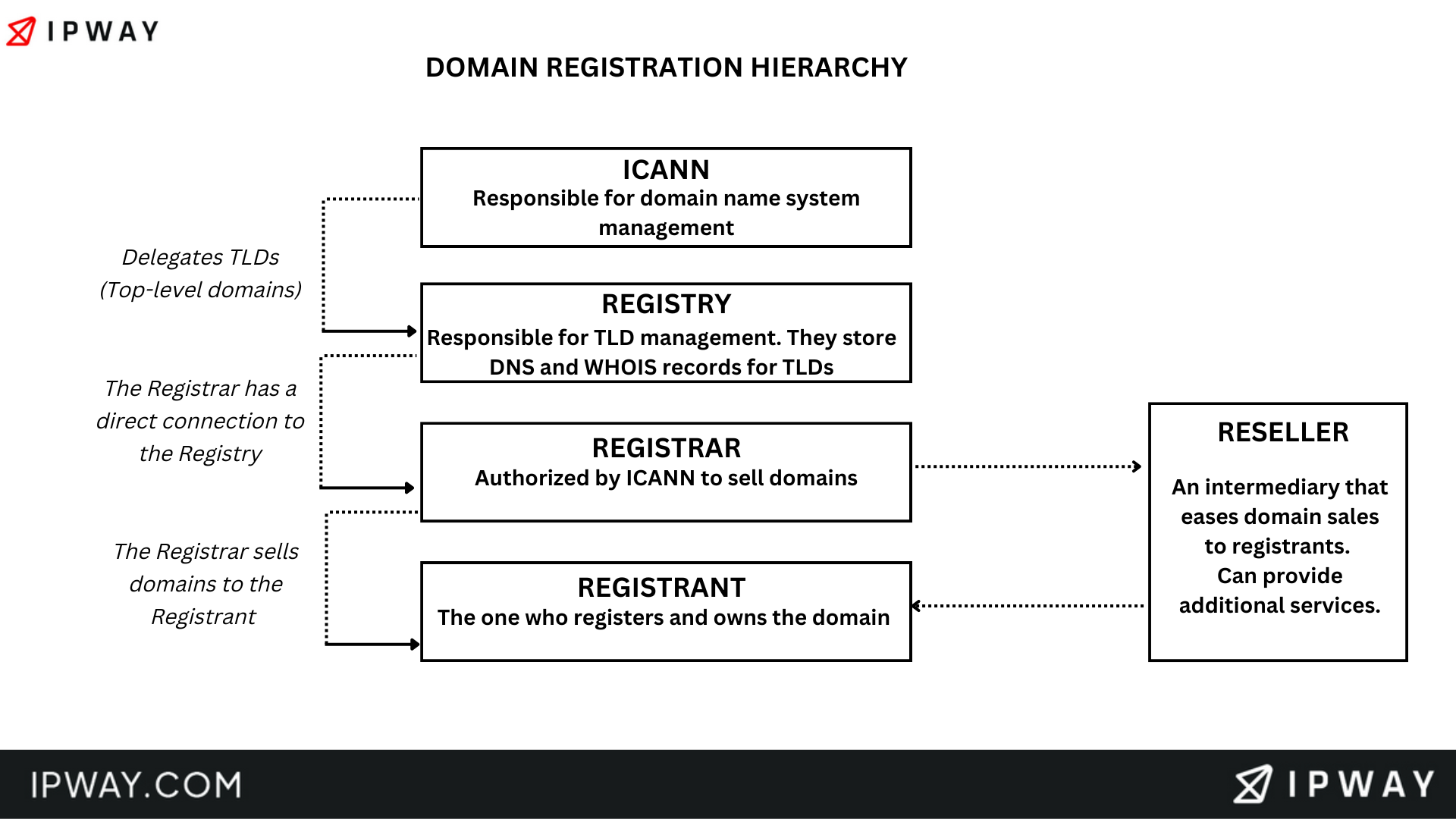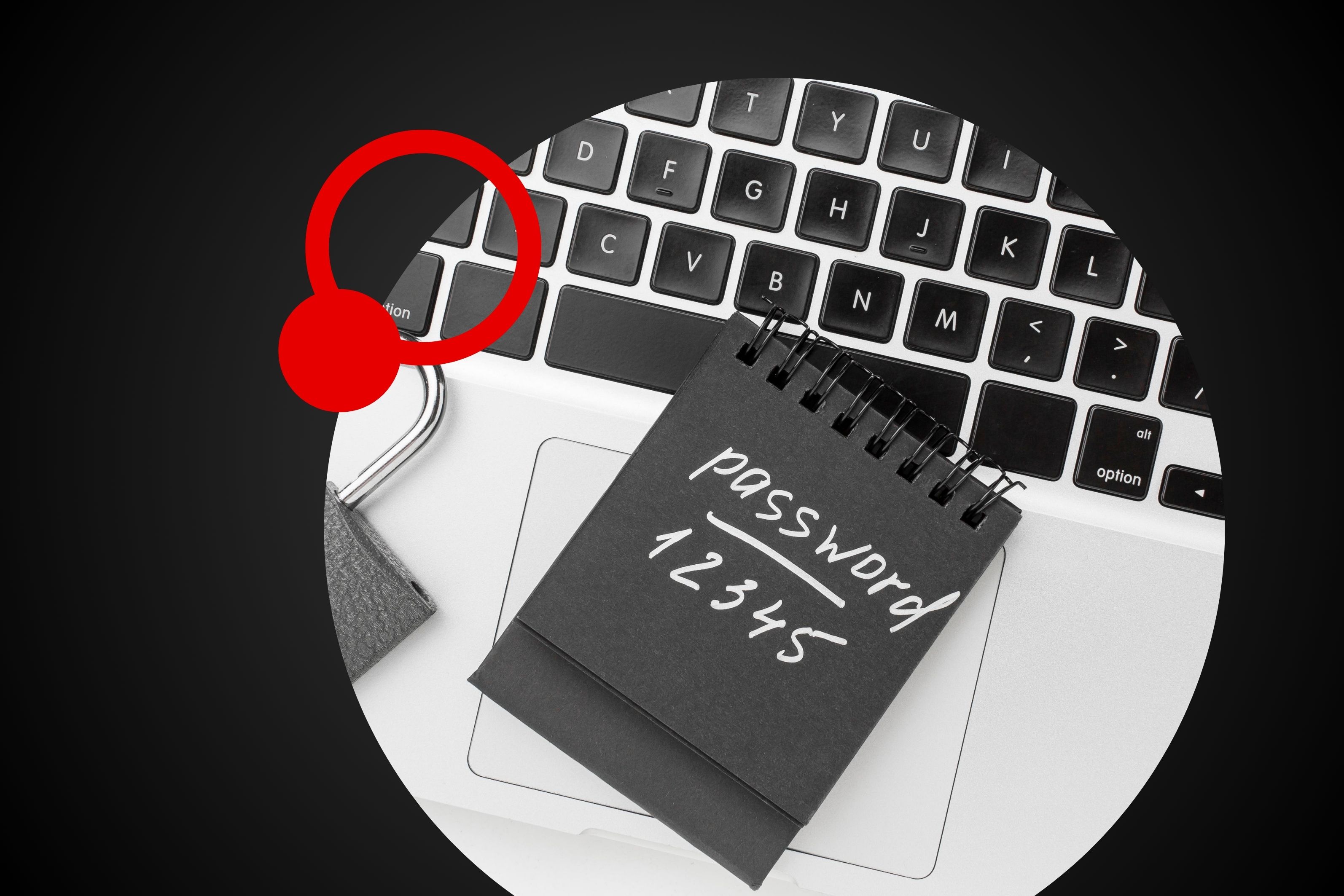Nowadays, almost everyone can have domains for their websites. However, it’s not as easy as snapping your fingers and magically registering your domain. What is more, people might want to see who is the one who registered a particular domain and how they can contact that particular owner.
And that’s the job of WHOIS. Contrary to what you might think, this is not an acronym. At all. It’s a widely used system that you can use to find out who is responsible for a domain, an associate website, or an IP address. This public database has become instrumental in the process of making the Internet more and more transparent and legit.
What is WHOIS?
As the name suggests, WHOIS contains records of all the contact information associated with the person or organization that registers a specific domain name. It was created by ICANN (International Corporation for Assigned Names and Numbers) as a way of making sure information stays relevant and genuine.
The WHOIS service is free and publicly available, so anyone, from individuals, businesses, and organizations to law enforcement agencies can use it to see who is behind a registered domain and its associated website.
What kind of information is stored in a WHOIS record?
Generally speaking, each WHOIS record contains information about the registrant (the one who owns the domain). This is usually contact information, and will usually have you provide your:
- Name;
- Address;
- Phone number;
- Email address.
Alongside the registrant’s information, the record must also include the name and contact information of the registrar, meaning the organization or entity that registered the domain name, followed by;
- The registration dates;
- The name servers;
- The most recent update;
- The expiration date of the domain.
It is important to note that the WHOIS database might also provide technical and administrative information, which usually belongs to the registrant. And any information you provide must be valid and accurate.
If you provide false or incomplete information when registering your domain, you risk losing your domain. As ICANN puts it, ‘If you give wrong information on purpose, or don’t update your information promptly if there is a change, your domain name registration may be suspended or even canceled. This could also happen if you don’t respond to inquiries by your registrar if they contact you about the accuracy of your contact information.’
In addition to these details, a WHOIS lookup can also provide extra information about your registrar. Not only that, but you can also get data about administrative and technical contacts. Needless to say, this is super useful in case you encounter technical issues with your domain or site.
There’s also the idea of information accuracy. As expected, the information initially recorded by WHOIS will change over time and get out of date. This is why ICANN requires domain registrants to update the information they provide regularly. According to ICANN, your registrar is required to send you an annual reminder of your obligation to maintain the accuracy of your WHOIS contact data.
Depending on the registrar, the procedures for changing the information in WHOIS slightly differ. Generally speaking, it’s about accessing the account information via the registrar’s update or a call center representative. Afterward, it might take up to 24 for the WHOIS records to update with the new details. Therefore, if the information displayed in the database is accurate and up to date, it will be easier to contact a registrant or an administrator.
Domain registration in a nutshell
The domain industry is quite complex. Domain creation, distribution, and management is not that easy. It usually requires multiple parties to work together. These parties have their own place in the domain hierarchy. Let’s list them in order and see what each of them does.

ICANN is the entity responsible for all the technical aspects of the Internet’s naming system. ICANN is comprised of individuals from various fields. These fields include law enforcement, intellectual property law, government, and private businesses.
ICANN sits at the top of the pyramid because it designs and imposes rules and regulations that affect the entire hierarchy.
A registry (also called a central registry) is an organization that manages top-level domains (TLDs) like .com, .net, or .org. The registry creates domain extensions, set the rules for them, and works with registrars to sell domains to the public. They also store the DNS and WHOIS records for those TLDs.
A registrar is an ICANN-accredited organization that may sell domain names. The registrar has a direct connection with the central registry and sells TLDs.
There are registrars that are also authorized to distribute country-code top-level domain names (ccTLDs) such as .us, .ca, and .eu. Some registrar supply domains directly to the public, while others work with resellers.
A reseller is a business that works with registrars to ease domain sales to registrants. Resellers are focused on providing a straightforward experience for users who want to buy and manage domains.
A registrant is a person or company that registers a domain name. Registrants can manage their domain name’s settings via their registrar. When changes are made to the domain name, your registrar will tell the changes to the registry to be updated in the registry’s database. The bottom line, when you register a domain name, you become a registrant.
What are the data models used for storing WHOIS resources?
When it comes to information lookup, there are two types of data models, the thin model, and the thick model.
The thin model only provides information about the registrar, name servers, and the registration date. To get additional information about domain ownership, you need to perform a secondary lookup at the registrar on file.
The thick model offers useful and extra details beyond what’s normally stored in a thin model. Typical thick model databases contain registrant, technical and administrative information.
Thick model lookups will thus provide everything you need to know about who owns the domain, where it is registered, what name servers it uses when it was registered, and when it might expire.
What about privacy?
That’s a lot of sensitive information to be displayed publicly. In most cases, registrars provide some sort of domain privacy. It means that you can opt for displaying the registrar’s information in the WHOIS database instead of your own.
So, if someone wants to contact you regarding your domain and/or website, they will first have to contact the registrar, who will redirect any inquiries toward you and let you analyze them. Thus, the registrar acts as a middleman between you, the domain owner, and any entity that wants to check your information.
Possible WHOIS lookup limitations
WHOIS has grown so much over the years, and with it, the number of registered domains. This means that WHOIS stores a massive amount of information, and sometimes it might be difficult to display all domain registration details.
Certain TLDs (Top-Level Domains) like .com or .net will always have their registration information in the WHOIS database. Other TLDs, like .me or .gov, display less information. And at the supposed bottom of the list, you might encounter domain extensions, like .coop or .asia. Some of these are not eligible for domain privacy, so the registrant information will always be searchable and viewable.
How to do a WHOIS lookup more efficiently?
Naturally, it takes a lot of time and effort to find what you are looking for in such a vast database held by WHOIS records. To make things easier, there are tools you can use to search for the information you need.
You can use WHOIS lookups provided by services such as DomainTools or Domain.com. A simple search in the designated field will offer you detailed insights into the owner of the domain, and the entity that registered it. Depending on the domain, you can get exhaustive information, like:
- The name of the registrant;
- The registrant org;
- The registrant country;
- Data about the registrar (website, IANA ID, Whois Server);
- Registrar status;
- Registering and expiry dates;
- Name servers;
- Technical contacts;
- IP address and location;
- Domain status;
- Registrar and hosting history;
- Information about the associated website (title, server type, response code);
Why is WHOIS valuable?
Throughout its existence, WHOIS has become a highly useful resource for maintaining the integrity of the domain name registration and website ownership process. Furthermore, WHOIS is a great help not only in maintaining the registration status of domains but also in multiple scenarios that help make the Internet safer and more transparent.
For example, WHOIS can provide network operators, ISPs (Internet Service Providers), and computer incident response teams with valuable information and all the necessary contacts. This can further be expanded into helping law enforcement agencies with national and international investigations.
WHOIS records to aid in exposing intellectual property infringement and carrying out trademark clearances. It’s also a boon for businesses and organizations that want to lower the risks of fraud, spam, and malicious activity. In doing so, a good reputation is maintained, leading to a trustworthy and transparent relationship with the users and customers.
Overall, WHOIS helps make the Internet a safer and more reliable means of communication, because it helps users identify the entities or organizations responsible for online services and content.
Conclusion
You could think of WHOIS as an encyclopedia of domains. Businesses and organizations use WHOIS lookups to find relevant information about who owns a domain and who registered that specific domain.
This database has grown so much over the years, and to maintain its efficiency, domain owners must comply with the ICANN rules, meaning they have to update the information they provide regularly.
In doing so, domain owners and/or registrars will be easier to contact, which will also consolidate the transparency of online content not only for regular users but also for businesses, different entities, and law enforcement organizations.
